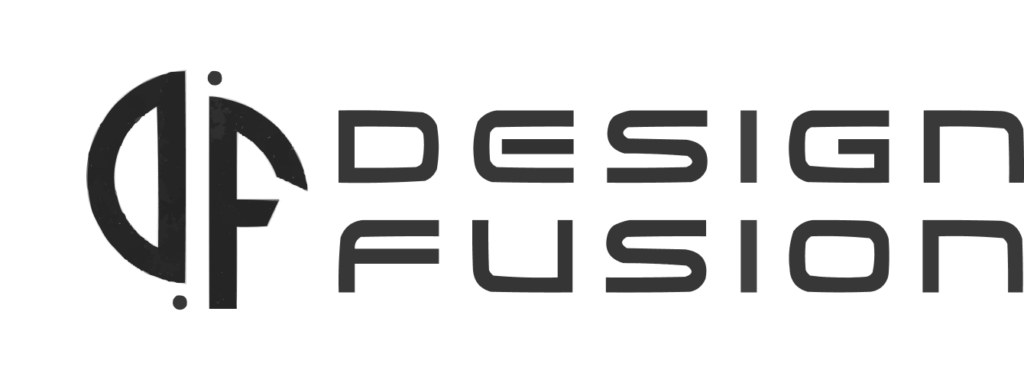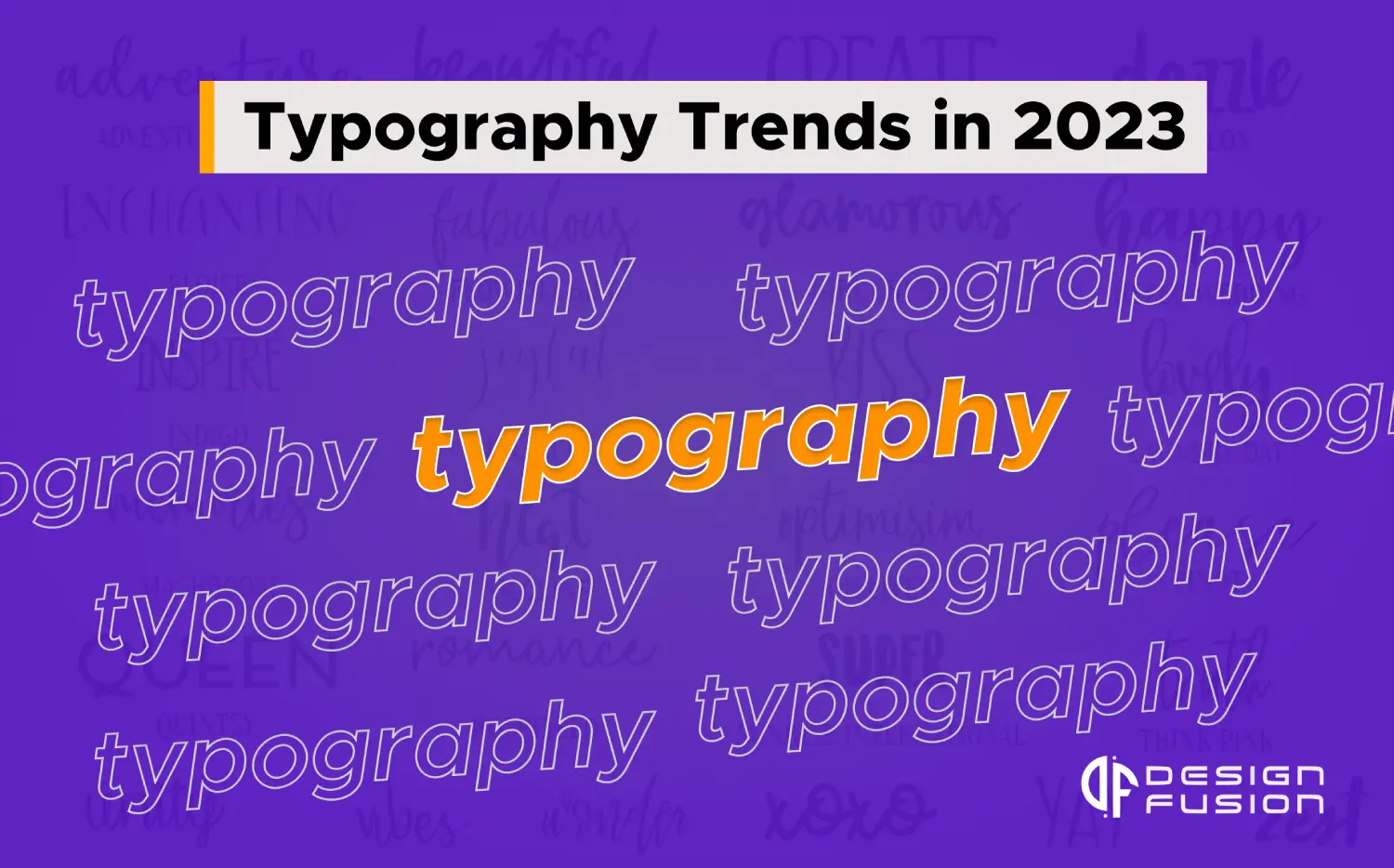Before we jump into the trends, let’s quickly discuss What is a Typography
Typography is the art and technique of arranging type, which includes selecting fonts, setting type size and spacing, and arranging the text within a layout or design. It is an essential element of graphic design, print media, and web design, as it plays a crucial role in conveying written information effectively and aesthetically.
Typography involves various elements and principles, including:
- Typefaces (Fonts): Typefaces, often referred to as fonts, are the distinct styles and designs of letterforms. Examples of typefaces include Times New Roman, Helvetica, and Arial. Each typeface has its unique characteristics, such as serif or sans-serif, bold or italic, and various decorative elements.
- Font Size: Font size refers to the height of the letters in a typeface and is measured in points. The choice of font size impacts readability and the visual hierarchy of the content.
- Leading: It is vertical space between lines. Proper leading ensures legibility and readability. Adjusting leading can also be used to create visual interest in design.
- Kerning: Kerning involves adjusting the space between individual characters (letters or symbols) in a word or phrase to improve the overall visual appearance and readability.
- Tracking: Tracking, also known as letter spacing, refers to the consistent space between all characters in words. It is used to control the overall density and spacing of the text.
- Hierarchy: Typography is used to create a visual hierarchy in design by emphasizing certain text elements over others. This helps guide the reader’s attention and communicates the importance of different pieces of information.
- Alignment: Text can be aligned in various ways, such as left-aligned, right-aligned, centred, or justified. Alignment choices impact the overall look and readability of the text.
Typography is not limited to just selecting fonts and arranging text but also involves understanding the principles of legibility, readability, and aesthetics. Effective typography enhances the visual appeal of written content, making it easier to read and understand, and plays a vital role in creating a cohesive and visually pleasing design in various media, including books, magazines, websites, advertisements, and more.
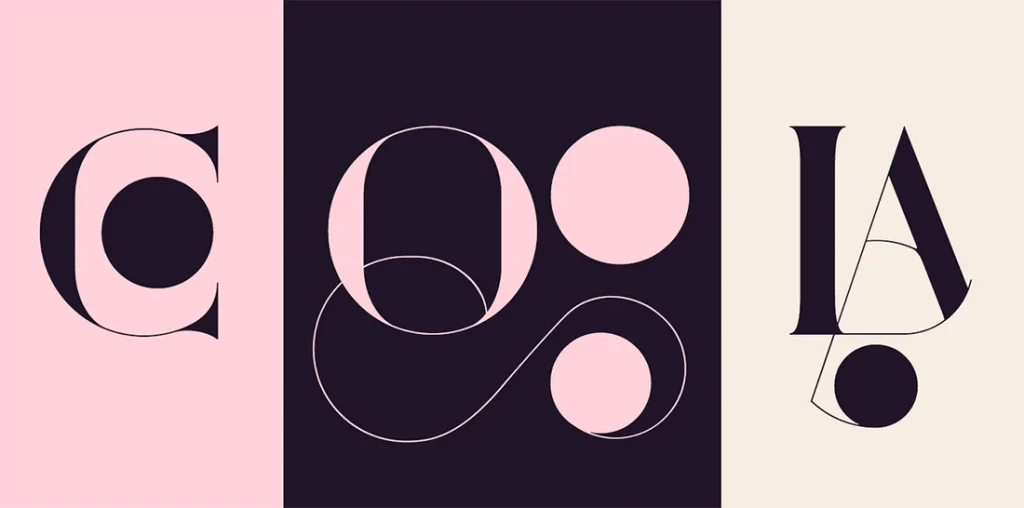
Why is Typography Important
Typography is of paramount importance in various design disciplines, communication mediums, and industries for several compelling reasons:
- Readability and Legibility: Typography ensures that text is easily readable and legible, making it accessible to a wide audience. Proper typeface selection, font size, leading, and tracking contribute to clear and effortless reading, reducing eye strain and enhancing comprehension.
- Communication: Effective typography communicates messages, information, and ideas. It helps convey the intended tone, mood, and context of the content, whether it’s in a book, on a website, in an advertisement, or on a product label.
- Branding and Identity: Typography plays a crucial role in brand recognition and identity. Consistent use of specific typefaces and styles creates a unique visual signature for a brand. Think of logos, packaging, and marketing materials—all reliant on typography to reinforce brand identity.
- Aesthetic Appeal: Typography can significantly enhance the visual appeal of a design. Thoughtful and visually pleasing type arrangements contribute to the overall aesthetics of a project, capturing attention and creating a positive impression.
- Information Hierarchy: Typography establishes an information hierarchy within a design. By using different font sizes, weights, and styles, designers guide readers’ attention to key points and emphasize the most critical information. This hierarchy aids in content organization and clarity.
- Emotional Impact: Fonts and type treatments evoke emotions and set the tone. A playful script font may convey a sense of whimsy, while a bold, sans-serif font exudes confidence and modernity. Designers use typography strategically to connect with the audience on an emotional level.
- Cultural and Contextual Significance: Typography respects cultural sensitivities and aligns with the context of a project. Fonts carry cultural connotations, and their selection must be mindful of the cultural and regional audience to avoid misunderstandings or offence.
- User Experience (UX) and Accessibility: Typography is integral to user experience in digital interfaces. It affects how users navigate websites and apps. Well-designed typography contributes to a positive user experience and helps ensure accessibility for individuals with disabilities.
- Print and Digital Media: Typography is essential in both print and digital media. In print, it determines the appearance of books, magazines, posters, and packaging. In the digital realm, it defines the look of websites, mobile apps, social media, and email marketing.
- Artistic Expression: Typography serves as a creative outlet for designers. It allows them to experiment with form, layout, and visual storytelling. Typography can be a means of artistic expression, where designers use text as a visual element to convey complex ideas and concepts.
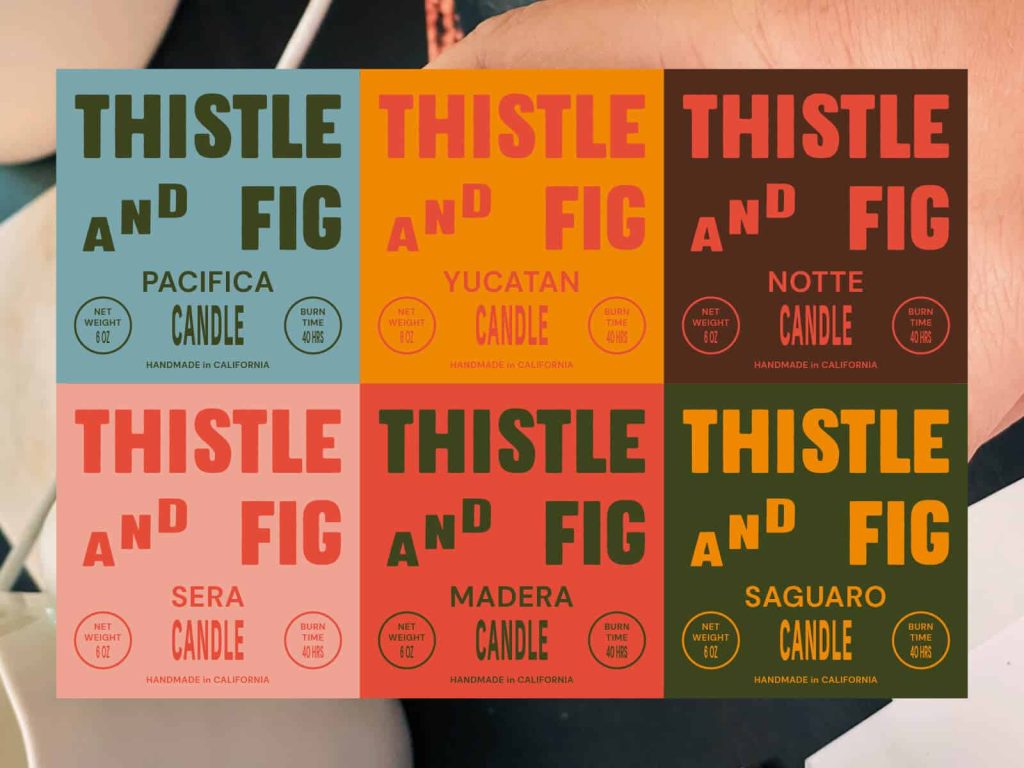
Typography Trends in 2023
Variable Fonts for Versatility:
- Variable fonts are fonts with multiple customizable axes (e.g., weight, width, slant) within a single font file. Designers can adjust these attributes, allowing for greater adaptability in different design contexts.
- Trend Impact: Variable fonts enable responsive typography, making it easier to maintain readability and aesthetics across various screen sizes and devices. They simplify font management and streamline design workflows.
Maximalism with Layered Typography:
- Layered typography involves stacking multiple fonts, colours, and textures to create visually rich and intricate text compositions.
- Trend Impact: This trend adds depth and dimension to designs, making them stand out and create a bold visual impact. It’s particularly popular in poster design and branding.
Kinetic Typography for Dynamic Content:
- Kinetic typography is the art of animating text to express ideas and emotions. It’s often used in videos, advertisements, and web content.
- Trend Impact: Kinetic typography enhances storytelling, making content more engaging and shareable. It’s an effective way to convey information in a dynamic and visually appealing manner.
Handwritten and Script Fonts for Authenticity:
- Handwritten and script fonts mimic cursive or handwriting, adding a personal and human touch to designs.
- Trend Impact: These fonts are used to create authentic and relatable designs, often in branding and social media graphics. They evoke a sense of sincerity and uniqueness.
Monospaced Fonts for Retro Vibes:
- Monospaced fonts have fixed-width characters, resembling the typography of vintage typewriters and early computer interfaces.
- Trend Impact: Monospaced fonts contribute to a nostalgic and retro aesthetic in design. They add character and a touch of the past to contemporary projects.
Minimalistic Serifs for Elegance:
- Minimalistic serif fonts are characterized by clean lines and simple elegance. They are used to convey sophistication and refinement.
- Trend Impact: These fonts are popular in editorial design, luxury branding, and projects where a timeless and upscale look is desired.
Experimental 3D Typography:
- 3D typography involves creating three-dimensional text that interacts with the environment, adding depth and visual intrigue.
- Trend Impact: Designers use 3D typography to create immersive and visually striking compositions, often in advertising and digital art.
Conclusion
Typography in 2023 is all about versatility, creativity, and authenticity. Graphic designers and creative agencies are harnessing the power of variable fonts, layered compositions, kinetic typography, handwritten fonts, monospaced fonts, minimalistic serifs, and experimental 3D text to create compelling and memorable designs.
As a graphic designer or creative professional, staying updated on these typography trends can help you elevate your design game and meet the evolving demands of your clients and audiences. Typography isn’t just about letters; it’s a visual language that speaks volumes in the world of graphic design and creative expression. Embrace these trends, experiment, and let typography be your canvas for innovation and storytelling in 2023.
